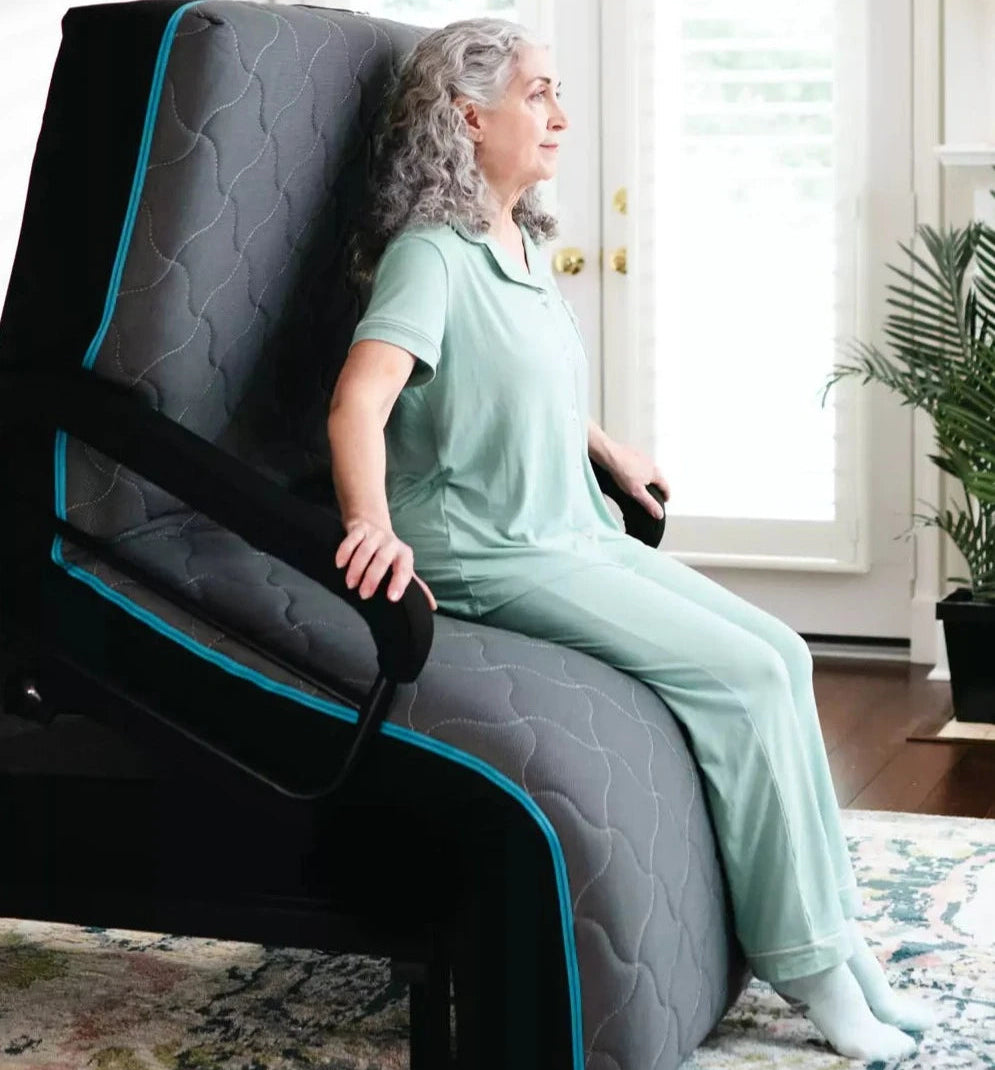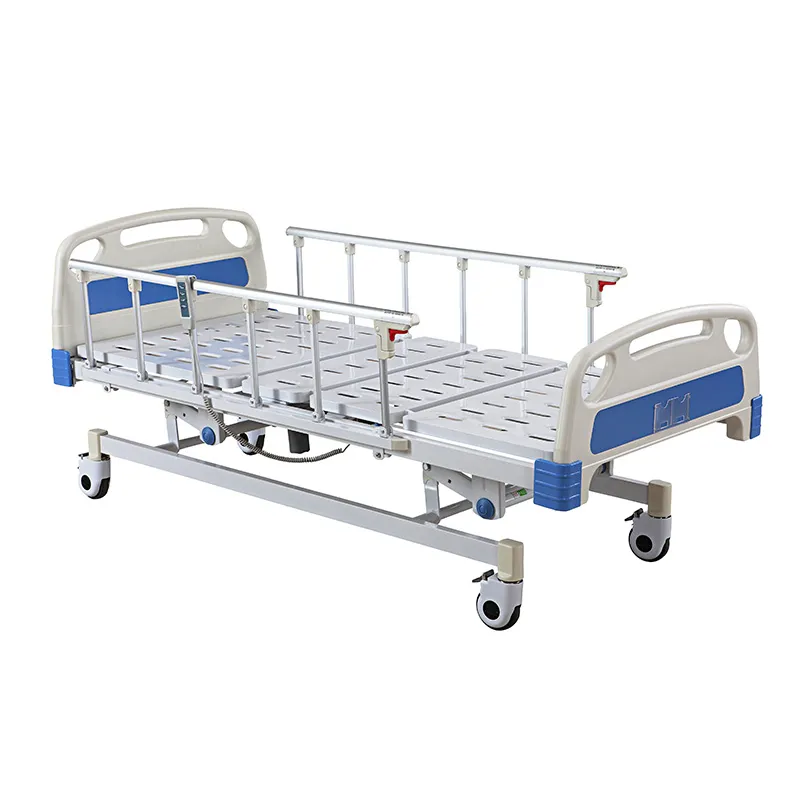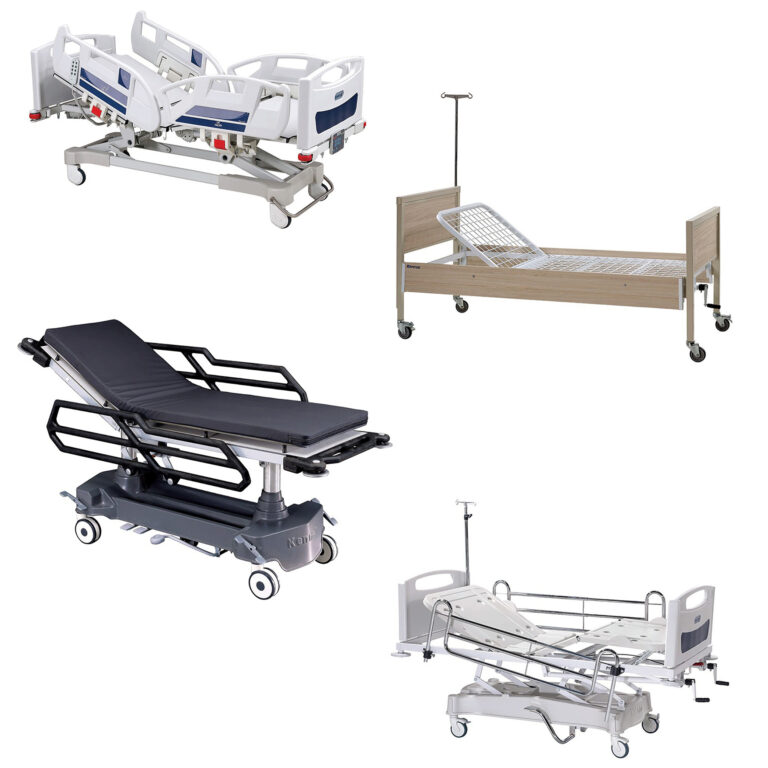3 Simple Techniques For Hospital Beds For Home Use
Table of ContentsThe 30-Second Trick For Hospital Beds For Home UseIndicators on Hospital Beds For Home Use You Should KnowExcitement About Hospital Beds For Home UseHospital Beds For Home Use for BeginnersGetting The Hospital Beds For Home Use To WorkSee This Report about Hospital Beds For Home UseHospital Beds For Home Use Fundamentals Explained
There are three primary types of healthcare facility beds: manual, semi-electric, and fully-electric. These beds make use of hand cranks to change the bed's elevation and raise and reduce the head and the foot.
Semi-electric beds have an electric motor to elevate and decrease the head and foot portions of the bed. Individuals and caregivers readjust the placing by pressing buttons making use of a hand necklace. The elevation of the bed is changed manually with a hand crank. Full-electric beds have an electrical motor that can raise the head and foot sections of the bed in addition to the whole elevation and positioning of the bed.
Hospital Beds For Home Use Fundamentals Explained
Some designs can also move into more placements, such as the Trendelenburg (tilt) placement. There are several sorts of healthcare facility beds, each created to satisfy details individual requirements. Below are some usual kinds: This is the most usual kind of medical facility bed, developed for basic medical usage. It has a manual or electrically flexible headrest, footrest, and height.
Lower to the ground than a common bed. This kind of bed is made for larger patients, with a wider framework and higher weight ability than a conventional bed.
This kind of bed is created for seriously ill patients who require open tracking and specialized medical equipment such as ventilators and mixture pumps. This type of bed is made for use during labor and delivery, with adjustable positions and functions to sustain the mother and infant throughout the birth procedure.
Hospital Beds For Home Use Fundamentals Explained
Numerous feature and the devices execute expanding grip to various parts of the vertebra and the extremities without moving the body. These are just a few examples of the kinds of hospital beds available. The particular kind of bed utilized will rely on the individual's condition, clinical needs, and other elements.
Here is things you require to know. A one-function health center bed is a medical bed that enables a patient to relocate just the head or foot area up or down. A 2 feature healthcare facility bed commonly describes a kind of medical bed that has 2 flexible features to help patients in health centers or treatment facilities.

See This Report on Hospital Beds For Home Use
A 7-function ICU bed is a kind of medical bed that offers numerous flexible functions to support critically ill clients in a critical care unit (ICU) (hospital beds for home use). The seven functions usually consist of: Backrest modification: The backrest can be adjusted to different angles to aid the client stay up or exist down pleasantly
Height change: The bed can be increased or reduced to make it easier for individuals to enter and out of bed, and for caretakers to provide treatment. Trendelenburg placement: The entire bed can be slanted to advertise blood flow and flow in the body. Reverse Trendelenburg setting: The bed can likewise be slanted in the contrary instructions to promote blood circulation and flow in the upper body.
While even more budget friendly than electrical designs, these beds need exertion for changes. The primary advantages of hands-on beds are their price and integrity, as they do not count on electrical power. However, the requirement for hands-on initiative can be a constraint in circumstances where quick changes are necessary or where caregivers deal with physical obstacles.
The Best Strategy To Use For Hospital Beds For Home Use
They are fit for clients that require minimal repositioning for comfort original site or medical needs. Semi-electric healthcare facility beds offer a balance of handbook and electric controls. The head and foot sections are normally readjusted with electrical controls, while the elevation is readjusted manually. These beds supply an ideal happy medium in between guidebook and fully electrical alternatives, offering ease of usage without the complete price of electric designs.
Semi-electric beds are fit for individuals that require modest adjustments to the head and foot sections however can handle without regular elevation modifications. This makes them an affordable remedy for those seeking convenience and comfort without the requirement for consistent repositioning. Fully electric health center beds include electrical controls for seamless adjustments to the height, head, and foot sections.
Specialty hospital beds, such as ICU beds, long-term care beds, and bariatric beds, are thoroughly created to deal with particular medical needs. These beds use customized care for varied patient teams, boosting both results and comfort. In the complying with areas, we will certainly discover the major sorts of specialized health center beds, outlining their certain benefits and applications.
With years of experience in producing electrical linear actuators - hospital beds for home use and close collaboration with the healthcare industry, TiMOTION is well-positioned to provide trusted healthcare remedies. Our vertically integrated company takes care of every action of the production process, from layout to actuator setting up, guaranteeing we deliver phenomenal value and customized remedies tailored to your specific requirements
All About Hospital Beds For Home Use

For more information concerning integrating these technologies into your products, more info here call us today. More analysis:.
Information is sourced from the Medicare Expense Report.

The smart Trick of Hospital Beds For Home Use That Nobody is Talking About
A health center bed is a bed designed specifically for medical purposes. It is not just an area for individuals to rest, yet additionally a system for clinical operations. Unlike common home beds, hospital beds normally have flexible features, which can promote clinical staff to make various changes according to the needs of individuals, such as altering the elevation, disposition, and support angle of the back and legs of the bed.